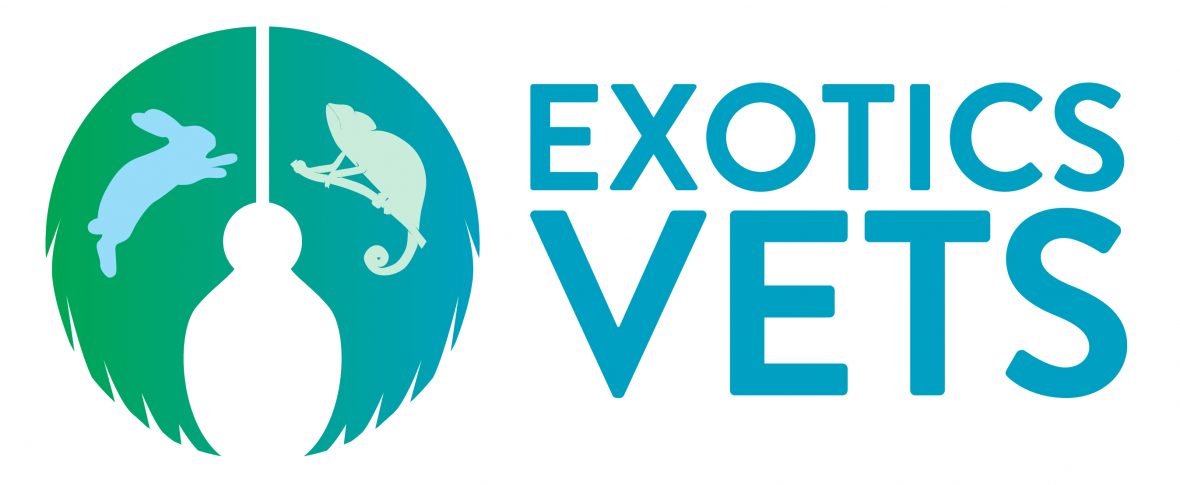Why a post on rabbit prokinetics you ask?
Well due the huge importance of rabbits to keep eating and digesting food!
Gastrointestinal motility is VITAL FOR RABBITS TO LIVE and gastrointestinal stasis is a very common and potentially life threatening condition!
The caecum is critical for digestion and the colon is responsible for separating fibre and non-fibre feeds to be excreted as caecotrophs and hard faeces.
Caecotrophs, as you may already know, are the byproducts of bacterial metabolism in the rabbits caecum, and allow rabbits to gain so many more nutrients by re-ingesting these soft faeces!
DELICIOUS!
Without these caecotrophs, rabbits lose access to bacterial volatile fatty acids (VFAs – a prime source of energy for rabbits) and fail to reabsorb these VFAs in the small intestine.
Rabbits must keep eating and defecating to survive! If not eating this can result in low energy, which releases fatty acids from fat tissue and can cause ketoacidosis, hepatic lipidosis, liver failure and eventual death.
Wow.
So what can you do:
If your rabbit isn’t eating, reach for pain medications first if in pain!
Your options are:
-
Cisapride – A serotonin agonist with anticholinesterase activity
-
Metoclopramide – a dopamine antagonist with muscarinic activity
-
Ranitidine – a H2 receptor antagonist with anticholinesterase activity
So which prokinetic is best?
Cisapride
Cisapride has great oesophageal to colon motility thanks to the effects of anticholinesterase, providing muscular propulsion through the entire GI tract. This makes Cisapride a good choice. The downside is due to potential fatal ventricular arrhythmias in humans, unless you have Cisapride compounded, it is unlikely to be handy.
Pros – Great motility
Cons – Lack of availability/ease of acquisition
Metoclopramide
Motility is provided from muscarinic activity, which mainly acts in the proximal small intestines. Given that the caecum is the largest organ in the abdomen in rabbits, and feed components are sorted in the large intestine, this may mean low motility from this choice of prokinetic.
Pros – Great availability and ease of acquisition/administration
Cons – mostly proximal gastrointestinal motility, not having a great effect distal to the small Intestines
Ranitidine
Anticholinesterase effects gastrointestinal motility in the colon, duodenum and ileum. These effects provide a good systemic motility aid and is readily available from human pharmacies in an oral solution (Zantac) for ongoing medication.
Pros – Great motility effects, easy to obtain/administer
Cons- None
The winner is Ranitidine!!! Ding ding ding!
However as with all things, the best option is the one which you are most comfortable with and have available. Post-op if required, I use a combination of metoclopramide and ranitidine. These are what I have available and find to be effective, both for in clinic and outpatient medications.
In conclusion, the best prokinetic is adequate surgical analgesia!!!If this doesn’t work you have options!
If you would like to check out doses, you can find them here:
Rabbits:
Guinea Pigs
They are password protected, so give us a shout on exoticsvets@gmail.com if you don’t have access.
Make sure your clinical interactions with rabbits and guinea pigs are as stress and pain free as possible!
References:
-
Melbourne Rabbit Clinic. Rabbit & Guinea Pig Emergency Manual. Melbourne Rabbit Clinic, Ferntree Gully, 2014.
-
BSAVA. BSAVA Small Animal Formulary. 8th Edn. BSAVA, Gloucester, 2014.
